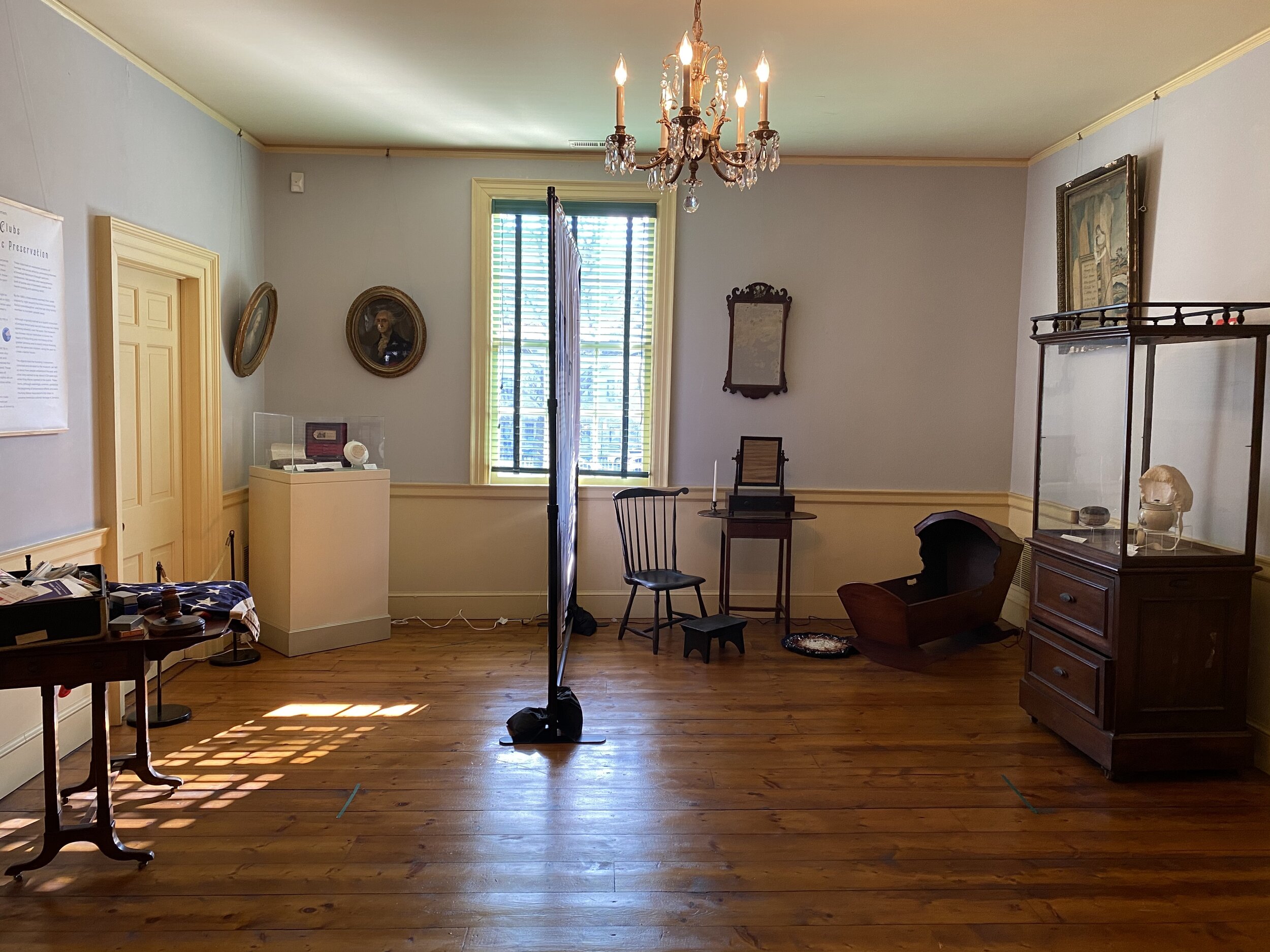
Queens of King Manor
ONLINE EXHIBITION
On the one-hundredth anniversary of American women gaining the right to vote, we celebrate those trailblazers who helped found King Manor Museum, the second longest-running historic house museum in New York City.
This exhibition was made possible through a grant provided by DEMHIST, an International Committee of the International Council of Museums (ICOM). We are grateful for their support!
Introduction
In the nineteenth century, urbanization caused by the Industrial Revolution expanded the middle class and decreased the cost of consumer goods.
More and more products were made in factories rather than in the home, which afforded women more leisure time. At the same time, it reduced their role from co-producers in a household, to consumers and home-makers. Relegated to a “separate sphere,” women had a moral imperative to their domestic work: create a civilizing haven that would smooth out the roughness and corruption of the outside world in which men worked.
Home was everything to affluent and aspiring 19th century Americans. At the same time, rapid industrialization meant older homes were rapidly being knocked down and replaced with tenements, flats, or factories. To some women with the money and time to look outside of their own houses, this was a big problem. Were these women particularly historically minded? Some were. Others saw traditional “home” structure being disrupted by urbanization. Still others were concerned with holding onto what they valued in “American” society while that society was rapidly expanding with newly arriving immigrants who brought with them different backgrounds and cultures.
Watch a video of the exhibition with the introduction narrated by King Manor’s own Roy Fox!
Women from privileged homes became involved in the establishment of local women’s clubs and societies that tried to solve problems they saw in their changing world. Historic preservation societies were one of the organizations deemed “acceptable” for privileged women, as their goal was strongly linked to the home, the “woman's sphere.” These Preservation Societies worked to restore historically significant homes throughout the country, celebrating a quaint reimagining of our “American heritage.” Needless to say, the economically disadvantaged, as well as minorities and immigrants, were left out of the narratives told about American history by most of these early women’s clubs.
This exhibit uses the story of the founding of King Manor to talk about the legacy of women in historic preservation and its lasting impact on the history field today, where diverse histories are only recently being actively discussed and displayed and where, being considered “women’s work,” like many other fields such as teaching and nursing, labor is devalued and underpaid.
Although imperfect, the women who worked in historic preservation paved the way for future women to become accepted into public organizations, which would eventually lead to work outside of the home, and a more equal society.








